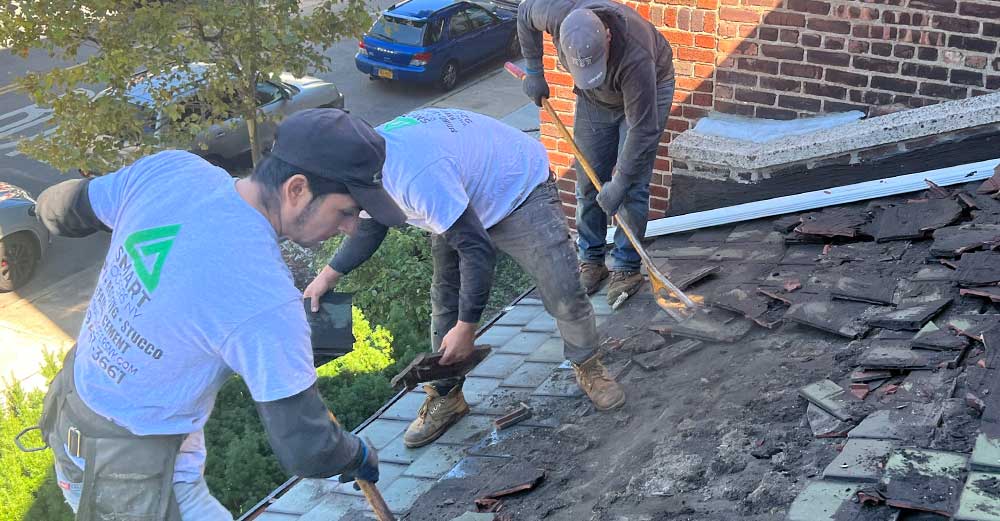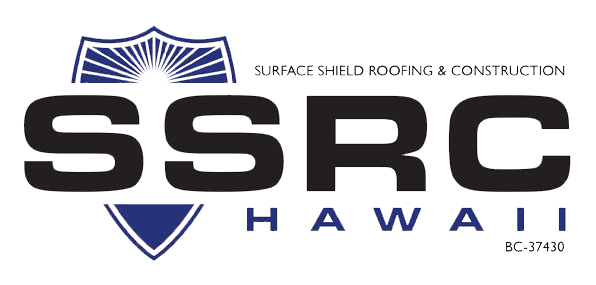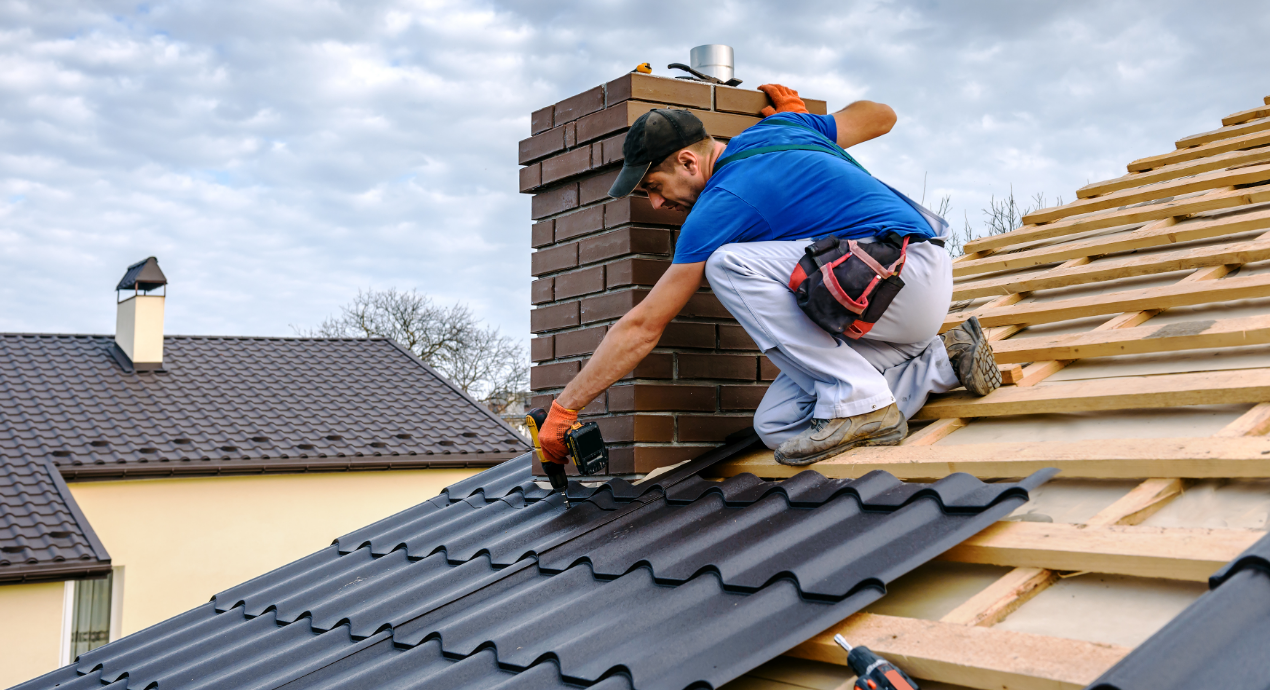Comprehending the Various Sorts Of Roofs: A Comprehensive Guide for Homeowners
With an array of options-- ranging from the traditional gable to the contemporary flat-- each type provides special benefits and obstacles that should align with the house owner's ecological considerations and details requirements. As we explore the details of different roof kinds, it becomes noticeable that one size does not fit all; the best choice might surprise you.
Gable Roof Coverings
Gable roofings, characterized by their triangular form, are among one of the most popular roof covering styles as a result of their simplicity and performance in shedding water and snow. This layout features 2 sloping sides that meet at a ridge, permitting effective water drainage and reducing the threat of water build-up. The high pitch commonly related to gable roofs improves their capacity to deal with hefty precipitation, making them appropriate for numerous climates.
In addition to their practical advantages, saddleback roofs offer aesthetic flexibility. They can be adjusted to numerous building styles, from typical to modern-day homes. The design can likewise fit additional features such as dormer home windows, which boost natural light and air flow in the attic room space.
In addition, gable roofings provide sufficient area for insulation, adding to power performance. Property owners can pick from a range of roofing products, including asphalt shingles, metal, and ceramic tiles, further enhancing customization alternatives.
Regardless of their benefits, gable roofs may call for added assistance in locations vulnerable to high winds or hefty snowfall. On the whole, the gable roof covering continues to be a favored selection because of its mix of performance, longevity, and aesthetic allure.
Apartment Roofs
Flat roofs are frequently recognized for their minimalist layout and sensible applications, especially in industrial and business setups (oahu roofing). These roofing systems feature a straight or virtually horizontal surface, which permits for very easy building and construction and flexible space utilization. While they might lack the aesthetic allure of angled roofs, flat roof coverings use countless advantages, especially in city atmospheres where making best use of area is important
One of the key benefits of flat roofings is their availability. Homeowners can make use of the roof covering area for various objectives, such as rooftop gardens, balconies, or solar panel installments. Furthermore, level roofings are generally more economical to install and keep compared to their sloped counterparts, as they require less materials and labor.
Common products made use of for flat roofing systems include built-up roof (BUR), changed bitumen, and single-ply membrane layers, each offering distinctive benefits. In general, flat roofings offer as a functional and adaptable selection for several home owners and businesses alike.
Hip Roofs
Hip roofs are identified by their sloped sides that merge on top, creating a ridge. This style is unique from saddleback roofs, as all four sides of a hip roof incline downwards towards the wall surfaces, supplying a more stable framework. The angle of the inclines can vary, enabling versatility in architectural appearances and performance.
One of the primary benefits of hip roofs is their capability to endure hefty winds and unfavorable climate condition. The sloped surfaces make it possible for far better water drainage, reducing the threat of leaks and water damages. Furthermore, hip roofing systems offer enhanced attic room, which can be utilized for storage space or even exchanged comfortable areas.
Nonetheless, building a hip roofing system can be more intricate and expensive than simpler roof kinds, such as gable roofing systems. The added material and labor associated with developing the slopes and ensuring appropriate structural stability can result in higher costs. Regardless of these disadvantages, several property owners prefer hip roofings for their resilience, visual appeal, and capacity for power performance.
Mansard Roofing Systems
Mansard roofings, typically identified by their one-of-a-kind four-sided design, attribute two inclines on each side, with the reduced incline being steeper than the upper. This building design, originating from France in the 17th century, is not only visually appealing however useful, as it maximizes the functional area in the top floors of a building. The steep reduced incline permits for more clearance, making it an excellent choice for loft spaces or attic rooms, which can be converted into living areas.
Mansard roofings are identified by their convenience, fitting different building designs, from typical to contemporary. They can be built with various products, consisting of asphalt roof shingles, slate, or steel, providing property owners with a variety of choices to fit their budget plans and choices. In addition, the layout permits the combination of dormer windows, boosting all-natural light and air flow in the top levels.
However, it is necessary to take into consideration the possible downsides. Mansard roofings may require even more upkeep as a result of the complexity of their design, and their steep inclines can be challenging for snow and rainfall drainage. Generally, mansard roofing systems combine beauty with functionality, making them a popular selection amongst property owners seeking distinct building functions.
Lost Roofing Systems
As home owners progressively seek simpleness and performance in their architectural layouts, dropped roofs have actually become a popular selection. Defined by a solitary sloping airplane, a shed roof offers a minimalist visual that matches various home designs, from modern to rustic.
Among the main benefits of a shed roof is its simple construction, which commonly translates to reduce labor and product costs. This design permits reliable water drainage, minimizing the threat of leakages and water damage. Additionally, the vertical incline gives sufficient area for skylights, boosting natural light within the interior.
Dropped my link roofings additionally offer flexibility in regards to use. They can be effectively integrated into additions, garages, or outside frameworks like sheds and pavilions. Additionally, this roofing design can suit various roofing materials, including metal, asphalt roof shingles, or also environment-friendly roof coverings, aligning with environmentally friendly efforts.
Nonetheless, it is necessary to consider local environment problems, as hefty snow lots might demand changes to the roof covering's angle or framework. On the whole, lost roof coverings offer a functional and cosmetically pleasing choice for property owners wanting to take full advantage of capability without endangering design.
Final Thought


Gable roof coverings, defined by their triangular form, are amongst the most popular roof designs due to their simplicity see this and efficiency in losing water and snow. oahu roofing. The steep pitch typically connected with gable roofs enhances their capability to manage hefty precipitation, making them suitable for different environments
While they might do not have the aesthetic appeal of pitched roofings, level roof coverings offer various benefits, specifically in city environments where taking full advantage of area is critical.

Comments on “Roofing Oahu: Professional Roofing Contractors for Your Oahu Residential property”